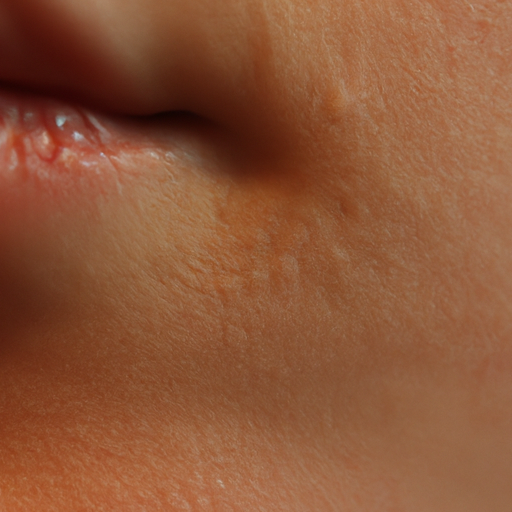As a dermatologist, I am often confronted with the challenge of treating two contrasting skin conditions: dry and oily skin. Both these conditions require a delicate balancing act to restore the skin’s natural health and glow. This article aims to unveil effective cures for these common skin issues.
Dry skin, medically known as xerosis, is characterized by a lack of moisture in the skin’s outer layer, leading to tightness, flakiness, and even itching. On the other hand, oily skin, or seborrhea, is caused by overactive sebaceous glands that produce excess sebum, resulting in a shiny, greasy appearance and clogged pores. While these conditions are at opposite ends of the spectrum, they both disrupt the skin’s natural balance and can lead to various skin problems if not properly managed.
For dry skin, the primary goal is to replenish the skin’s moisture levels. This can be achieved through a combination of lifestyle changes and topical treatments. Drinking plenty of water and maintaining a healthy diet rich in vitamins A, C, and E can significantly improve the skin’s hydration from within. Avoiding harsh soaps and hot showers can also prevent further drying of the skin.
Topically, moisturizers are the first line of defense against dry skin. Look for products containing hyaluronic acid, ceramides, or glycerin, which are excellent at trapping moisture in the skin. For severe cases, prescription creams containing lactic acid or urea may be recommended.
On the other hand, managing oily skin requires controlling sebum production without stripping the skin of its natural oils. Contrary to popular belief, oily skin still needs moisturization. Opt for oil-free, non-comedogenic moisturizers that won’t clog pores. Incorporating a gentle exfoliant into your skincare routine can also help remove excess oil and dead skin cells.
A balanced diet also plays a significant role in managing oily skin. Foods high in sugars and fats can stimulate sebum production, so it’s best to limit these and focus on consuming more fruits, vegetables, and lean proteins.
In some cases, over-the-counter products may not be enough to manage oily skin. Prescription treatments such as retinoids or isotretinoin may be necessary. These medications work by reducing the size of the sebaceous glands and slowing down sebum production.
In conclusion, treating dry and oily skin requires a delicate balancing act. It’s about understanding your skin’s needs and adjusting your skincare routine and lifestyle accordingly. Remember, everyone’s skin is unique, so what works for one person may not work for another. If you’re struggling with dry or oily skin, don’t hesitate to consult a dermatologist. With their expertise, they can help you find the right treatment plan tailored to your specific needs. After all, achieving healthy, balanced skin is not an impossible feat—it just requires the right approach and a little patience.



